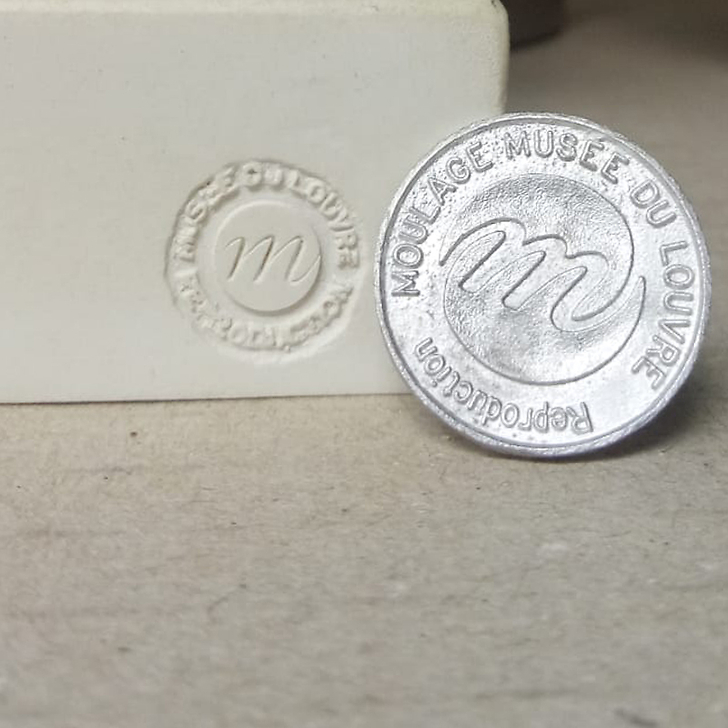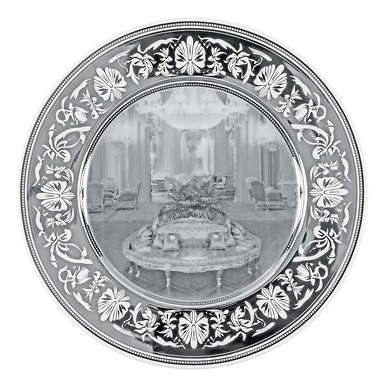Sculpture Venus de Milo Pop - Light blue
RB002327
Contrary to popular belief, the sculptors of antiquity did not choose marble for its pure whiteness. The analysis of numerous works under the microscope has revealed traces of red, blue, green and yellow pigments. Surprise, surprise: Greek sculpture was painted. The Venus de Milo was once dressed in...
Read more
Contrary to popular belief, the sculptors of antiquity did not choose marble for its pure whiteness. The analysis of numerous works under the microscope has revealed traces of red, blue, green and yellow pigments. Surprise, surprise: Greek sculpture was painted. The Venus de Milo was once dressed in bright colours, to suggest the spirit of ancient sculpture, which was mistakenly considered austere.
It was on the island of Melos (known as Milo) that the statue was discovered in 1820 by a farmer, near the ruins of an ancient theatre. It was bought by the Marquis de Rivière and offered to Louis XVIII in 1821, who donated it to the Louvre.
The Venus de Milo occupies an important place in the history of Greek sculpture and the taste for antiquity. The style is characteristic of the end of the Hellenic era, reconnecting with classic themes while remaining innovative. The slightly stern expression on the face is classical, but the same is not true for the body, which is animated in a twisting movement. This swirling posture and the realistic modelling indicate the genius of the creator of this statue.
On discovery, the Venus de Milo attracted universal acclaim. Her arrival in France was celebrated with the striking of a commemorative medal. It is thanks to this veneration that she managed to escape the customary 19th century restoration practice of recreating missing limbs.
The many reproductions on show in European capitals testify to the fervour for the statue, praised by the sculptor Auguste Rodin (1840-1917) for her "splendid belly, as wide as the sea".
GrandPalaisRmn coloured resin reduction based on the Paros marble original.
Close
Sold by GrandPalaisRmn








































